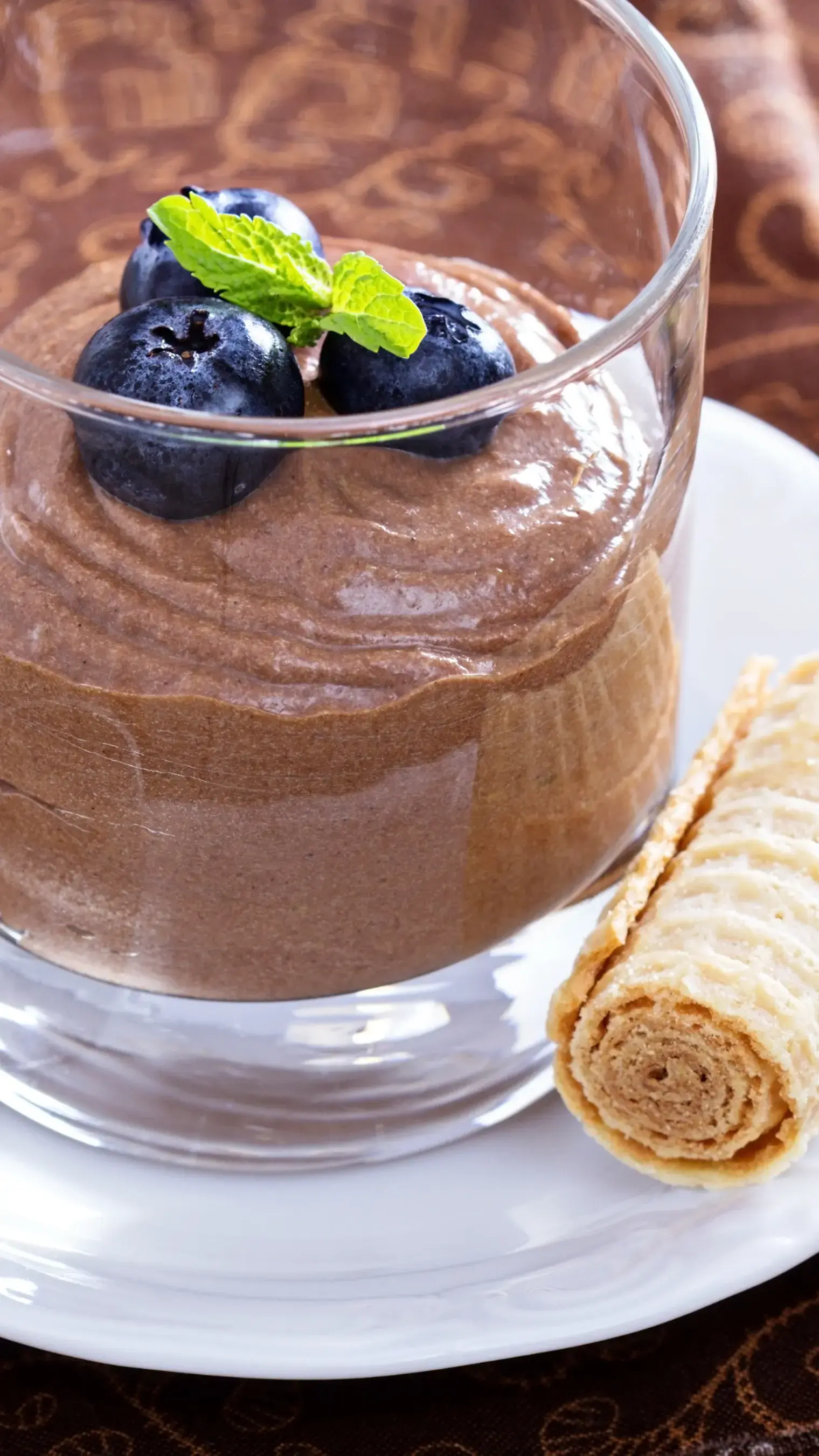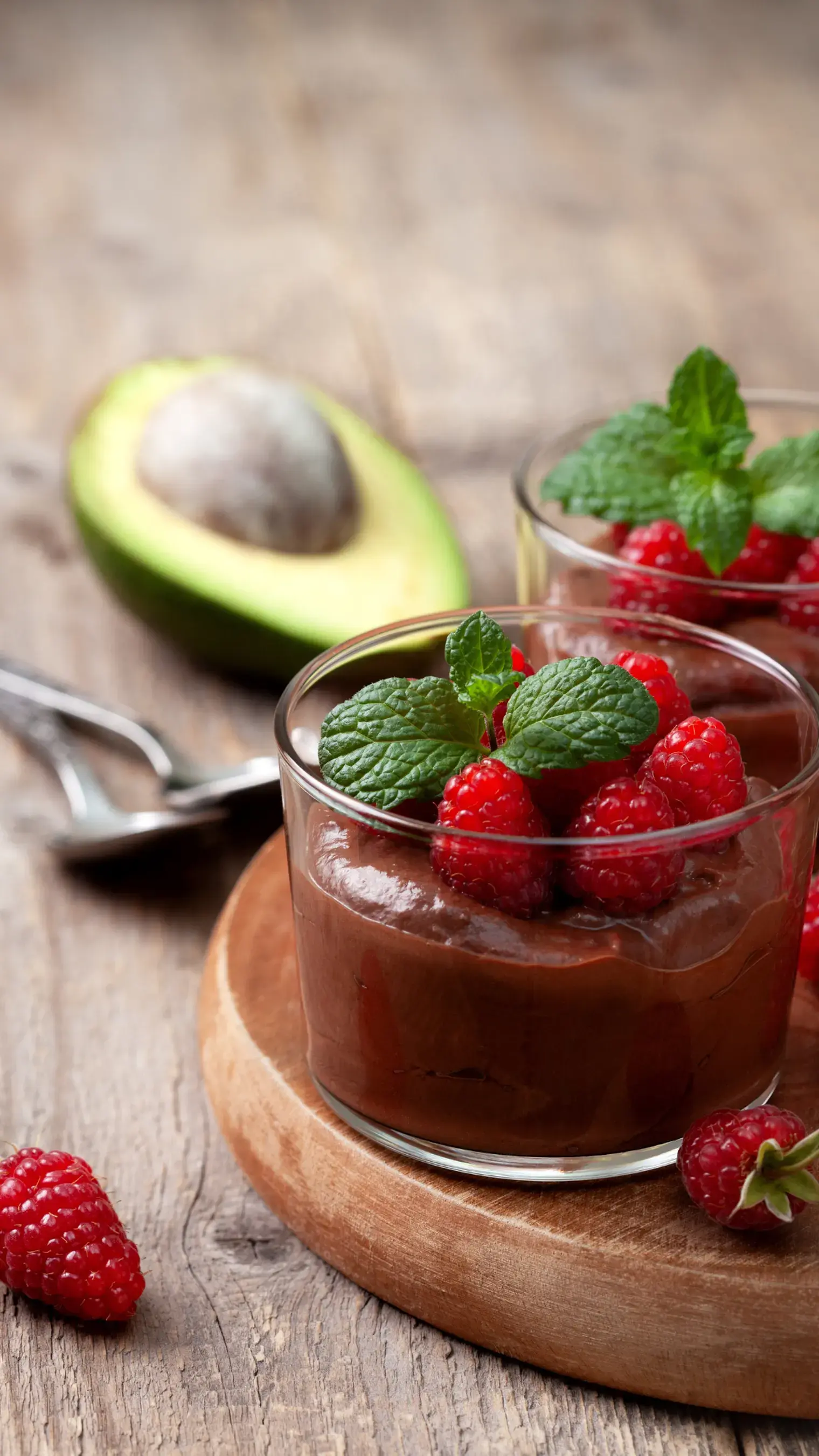When making a Bournville infused tres leches cake, it’s important for the cake to have a light and fluffy texture. Here’s how to achieve it.

The magic of a perfect tres leches cake lies in its ability to remain airy and light while being saturated with a rich milk mixture. When made correctly, each mouthful offers a delicate crumb that holds the sweet soak beautifully without becoming soggy or dense. While the flavors of tres leches are relatively simple, like vanilla sponge, milk blend, and whipped topping, the true challenge lies in nailing the texture. While you might then add flavors like making a Bournville-infused tres leches cake or any other variation, the bottom line remains the same -- a soft texture. Achieving this light and fluffy texture in your tres leches cake isn’t just about following a recipe; it’s about understanding the technique. So here are five essential tips to help you consistently bake a sponge that’s cloud like, absorbent, and delicious.
The egg whites
The key to a light, airy cake base is properly whipped egg whites. Tres leches sponge cake is often made using a smooth batter, which relies on whipped eggs for lift rather than chemical leaveners alone. Egg whites, when beaten to soft or stiff peaks, trap air that expands in the oven, giving the cake its rise. Folding them gently into the batter adds volume without deflating the structure.
To get this, you want to separate the egg whites from the yolks while they’re cold, but let them come to room temperature before whipping. Use a clean, dry bowl since any trace of fat will hinder proper aeration. Beat until soft peaks form, then add a bit of sugar and continue to beat until you get stiff peaks. Fold into the batter in thirds with a wide spatula, using gentle movements to avoid knocking out the air. If you’re not separating eggs, be sure to at least beat the whole eggs with sugar for several minutes until the mixture is pale, thick, and triples in volume.
The dry ingredients
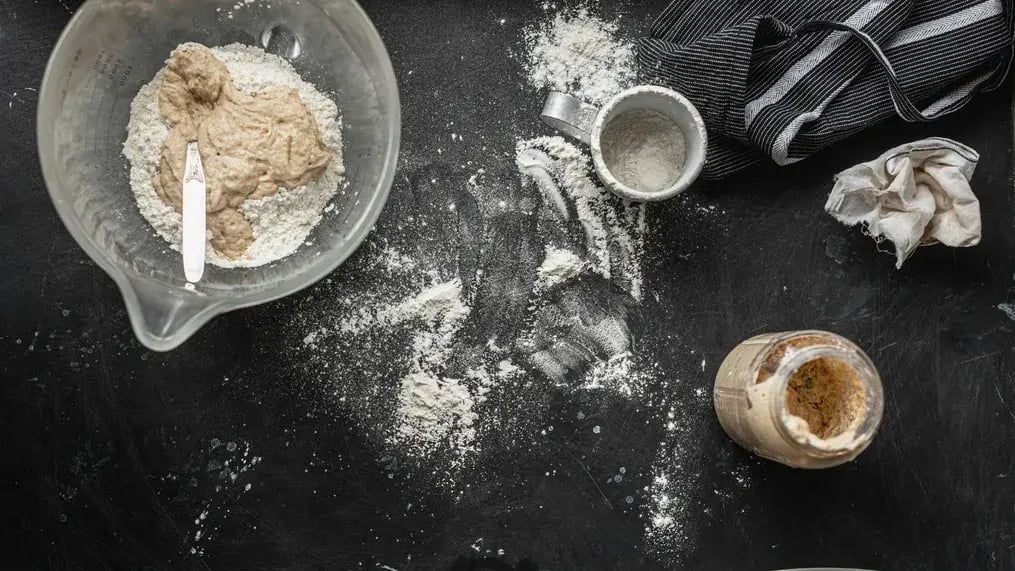
Overmixing once flour is added is one of the quickest ways to kill the fluffiness in your cake. Flour develops gluten when agitated, and gluten leads to a tough, chewy texture, which is not what you want in a sponge designed to soak up milk. A gentle hand ensures your whipped eggs retain their structure and that the cake bakes up soft and spongy.
Sift the flour, baking powder, and salt to remove lumps and aerate the mix. Add dry ingredients gradually and fold using the classic cut-and-lift motion. Stop folding as soon as the batter is uniform, and don’t go for more than 10 strokes per batch. Use a balloon whisk or a silicone spatula for folding. These tools preserve air much better than electric beaters or wooden spoons.
The flour
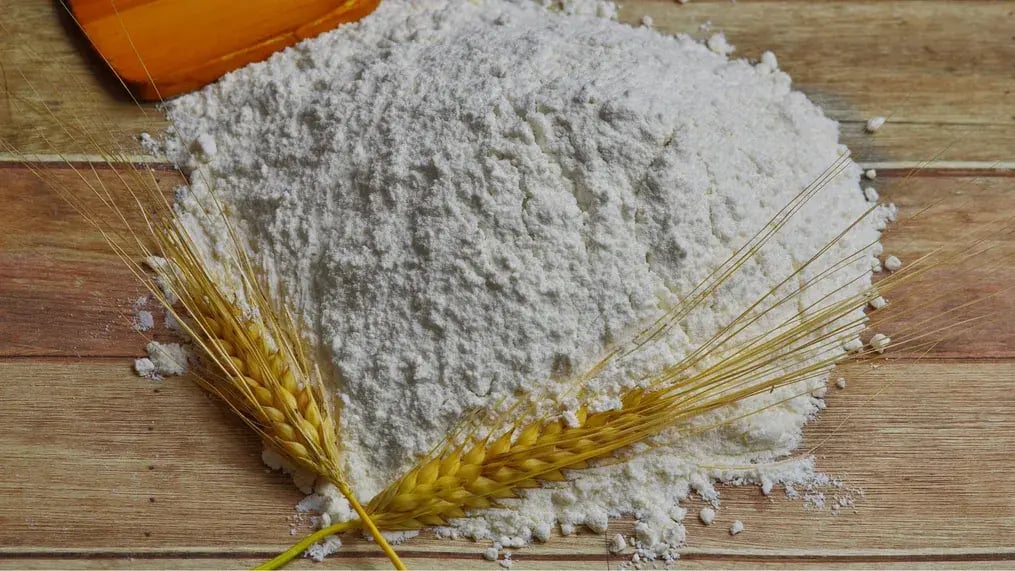
Choosing the right flour is more important than many realize. All purpose flour has more protein and leads to stronger gluten formation, which can weigh down the batter. Cake flour has a lower protein content, which results in a finer, more tender crumb that drinks up the milk soak without collapsing.
Substitute 1 cup of all-purpose flour with 1 cup minus 2 tablespoons of cake flour. If cake flour isn’t available, you can make a DIY version by replacing 2 tablespoons of every cup of all purpose flour with cornstarch, then sifting the mixture twice. For a gluten free version, use a 1:1 gluten-free baking flour that includes starches like rice flour and tapioca for structure without heaviness.
The baking

It might seem counterintuitive to be concerned with dryness in a cake that’s soaked in milk, but overbaking dries out the crumb and limits its ability to absorb the liquid without becoming grainy or cracked. A lightly baked sponge will better absorb the tres leches mixture and remain soft but structured.
Bake at 350°F or 175 °C to avoid aggressive browning. Start checking at the 20 minute mark if using a standard cake pan. The cake is done when the top is golden and springs back when touched, or when a toothpick inserted comes out with just a few moist crumbs. Let the cake cool for only 10 minutes before soaking, since it should still be slightly warm so the milk can absorb faster.
The soaking
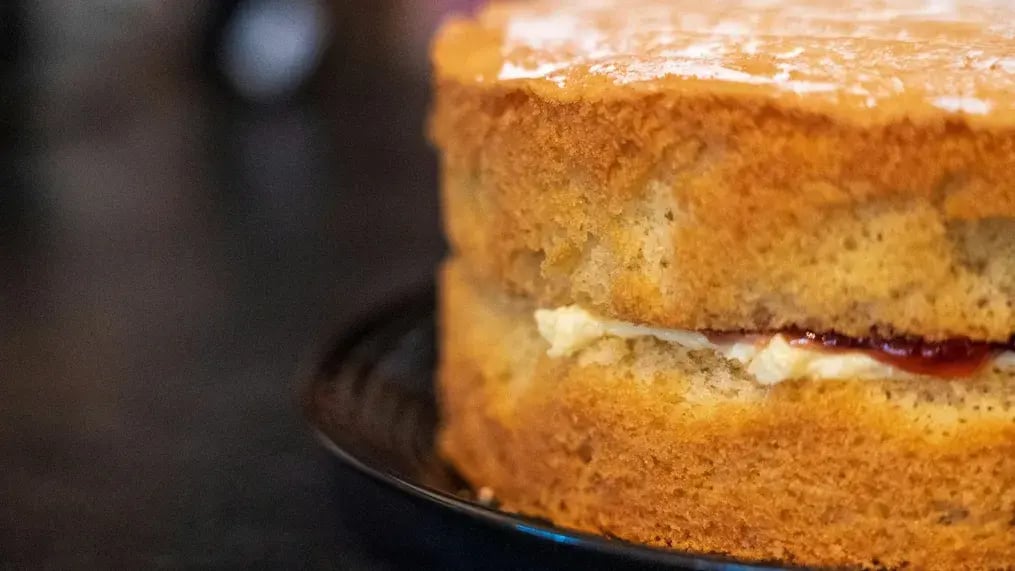
The way you soak your sponge is just as important as the sponge itself. If you pour too quickly, the milk will pool at the bottom and not distribute evenly. If you don’t poke enough holes, the milk won’t penetrate deeply. Even soaking ensures the cake is moist throughout without becoming a wet mess.
Use a skewer, fork, or thin chopstick to poke small holes all over the cake. Make sure you go deep but not all the way through to the bottom of the pan. Pour the milk mixture in increments, allowing time for the cake to absorb between additions. For maximum lightness, refrigerate the soaked cake for at least 4 hours before serving. This allows the milk to fully distribute and settle without compromising the structure.
Like This Article?
More Like This
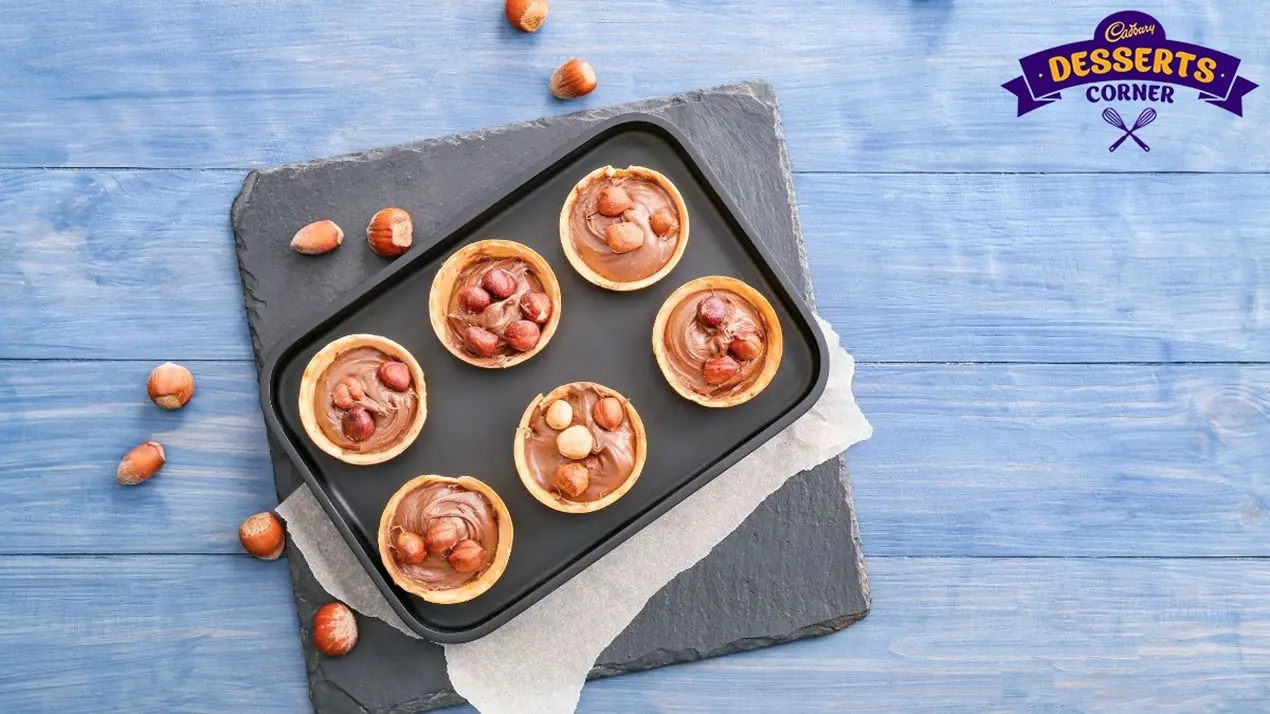
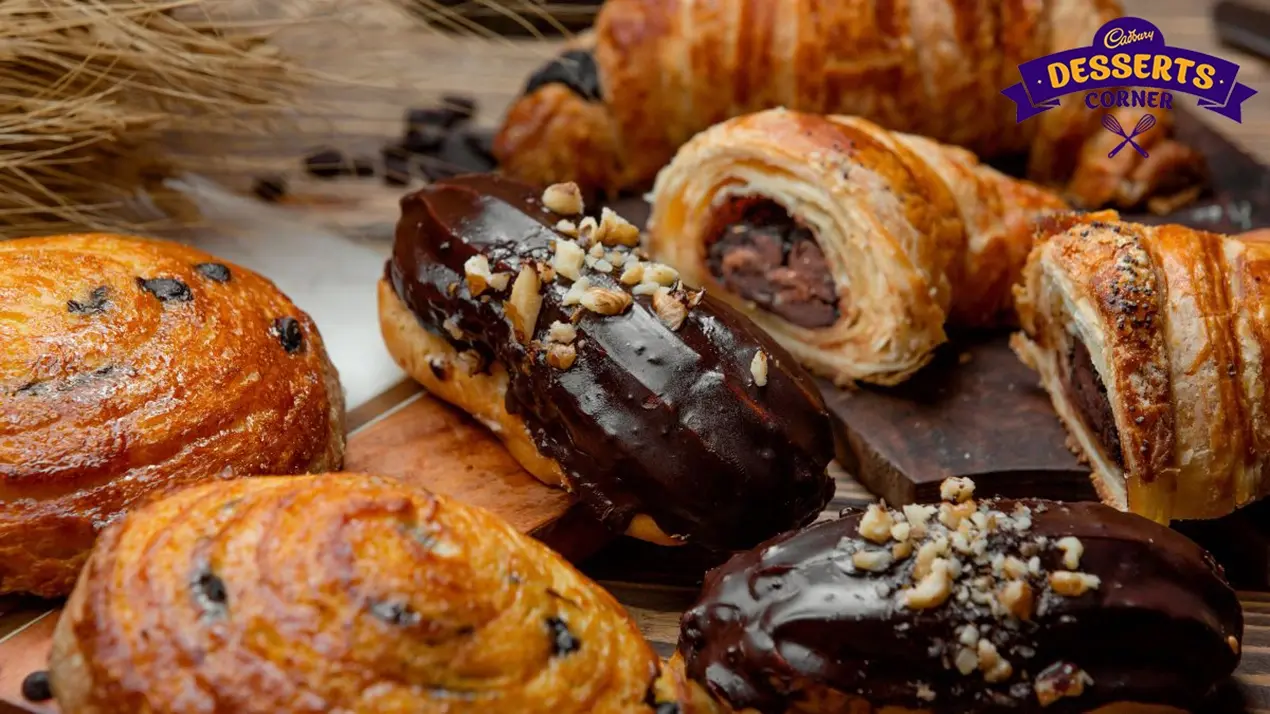

Popular Articles





Trending Web Stories
Curated Recipes

















